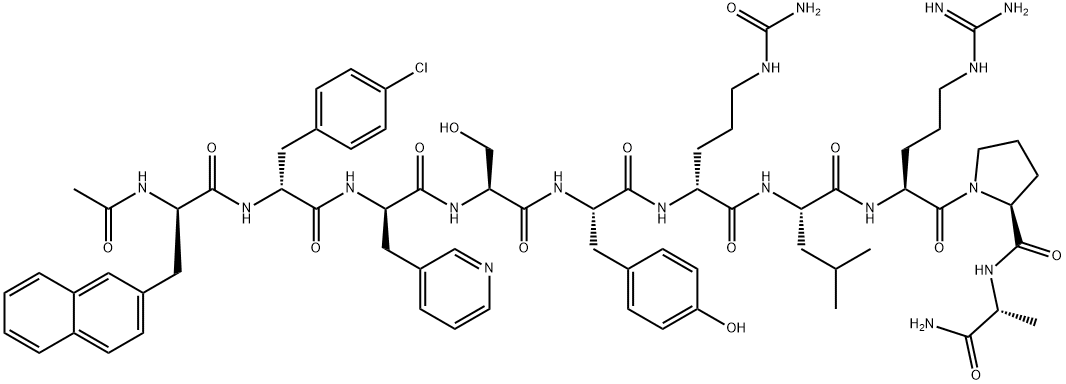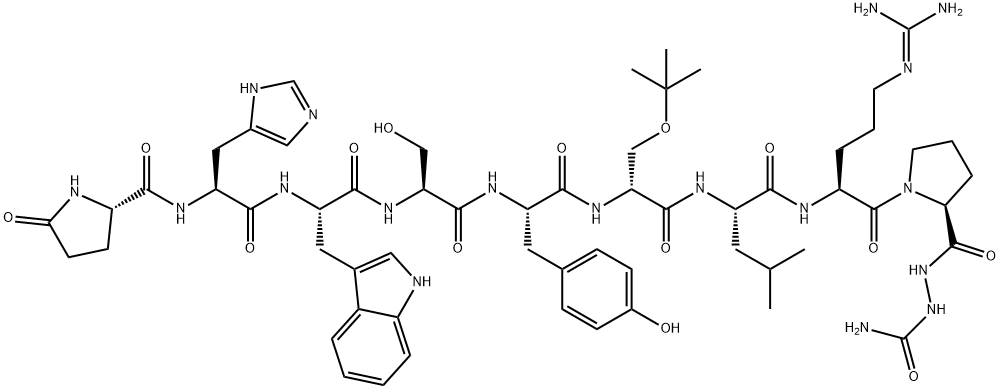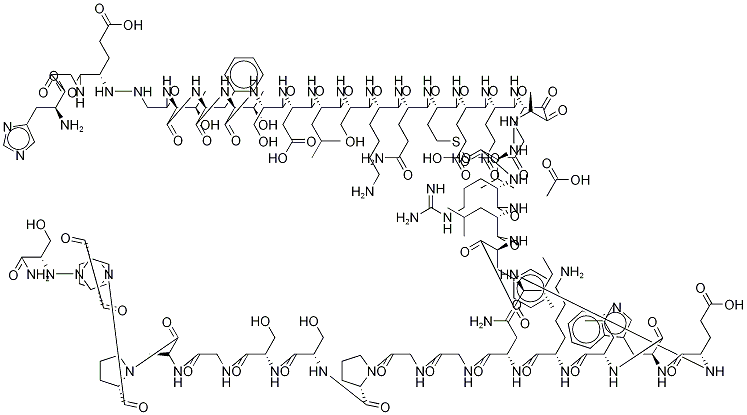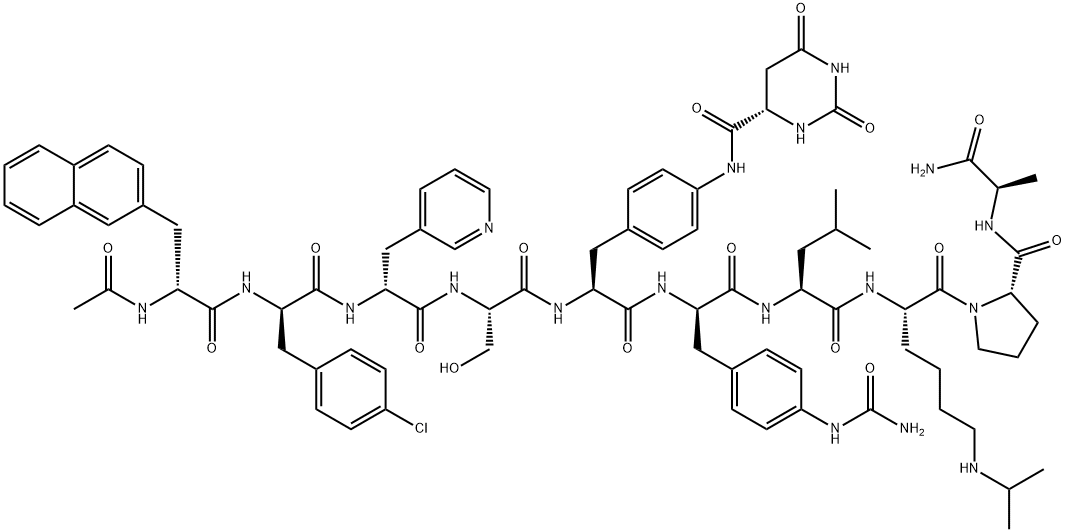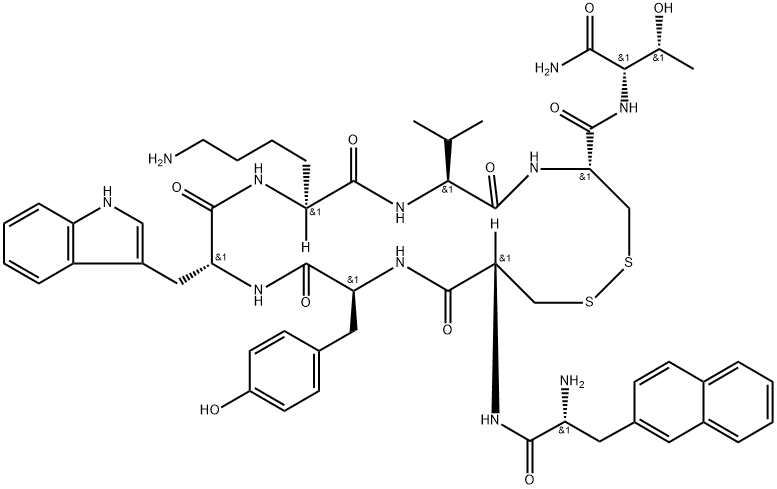Lixisenatide , >98% , 320367-13-3
| Pack Size | Price | Stock | Quantity |
| 5mg | RMB9292.80 | In Stock |
|
| others | Enquire |
PRODUCT Properties
| storage temp. | Store at -20°C |
| solubility | Water:103.0(Max Conc. mg/mL);21.2(Max Conc. mM) |
| form | Solid |
| color | White to pink |
| Sequence | H-His-Gly-Glu-Gly-Thr-Phe-Thr-Ser-Asp-Leu-Ser-Lys-Gln-Met-Glu-Glu-Glu-Ala-Val-Arg-Leu-Phe-Ile-Glu-Trp-Leu-Lys-Asn-Gly-Gly-Pro-Ser-Ser-Gly-Ala-Pro-Pro-Ser-Lys-Lys-Lys-Lys-Lys-Lys-NH2 |
| InChIKey | XVVOERDUTLJJHN-JXBMKTOPNA-N |
| CAS DataBase Reference | 320367-13-3 |
Description and Uses
Lixisenatide injection is used to treat type 2 diabetes mellitus. Lixisenatide is used together with diet and exercise to help control your blood sugar. This medicine is a glucagon-like peptide-1 (GLP-1) receptor agonist.
Lixisenatide injection is used along with diet and exercise to treat type 2 diabetes (condition in which the body does not use insulin normally and therefore cannot control the amount of sugar in the blood). Lixisenatide injection is not used to treat type 1 diabetes (condition in which the body does not produce insulin and therefore cannot control the amount of sugar in the blood). Lixisenatide is not used instead of insulin to treat people with diabetes who need insulin. Lixisenatide injection is in a class of medications called incretin mimetics. It works by stimulating the pancreas to secrete insulin when blood sugar levels are high. Insulin helps move sugar from the blood into other body tissues where it is used for energy. Lixisenatide injection also slows the emptying of the stomach and causes a decrease in appetite.
Safety
| Symbol(GHS) |   GHS08,GHS05 |
| Signal word | Danger |
| Hazard statements | H318-H361 |
| Precautionary statements | P201-P202-P281-P308+P313-P405-P501-P280-P305+P351+P338-P310 |


